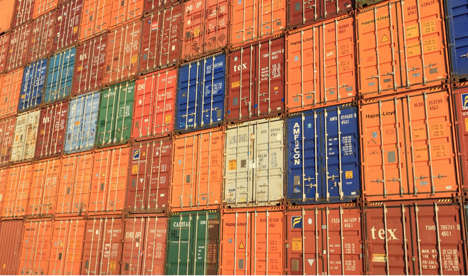
The fastest-growing method of domestic shipping is undoubtedly intermodal transportation. When it comes to intermodal transport, trucking and rail are used in tandem to move goods, with trucks picking up and delivering the goods at both ends, while the long journey is carried out by train.
Many people have incorrectly assumed that intermodal transportation is more expensive, slower, and more prone to damage than other modes of transportation.
Here are some common intermodal misconceptions:
1. Unreliable
Customers complain about the railroad's lack of responsiveness when something goes wrong with their shipments. They feel as if no one is in charge of the cargo, leading to a never-ending finger-pointing round.
Our take on this myth is always the potential for a problem when freight is transported. To transfer its products to the client, a shipper is purchasing a mobile mini-warehouse, which has a slew of operational risks. Most of the time, the problem is not with the railroad but with one of the drays.
2. CompetitionÂ
Another common myth is that railways do not have to compete for customers. As North American railroads have consolidated and merged, only a few carriers are left to compete against one another.
Since they know their potential customers are now utilizing trucks to transport goods, the railways focus on highway-to-rail conversion and compete hard for business.
Rail and trucking businesses are working to provide flexible, faster, and more cost-effective truck and rail combinations.
3. Complicated
You should review a few facts if you have avoided transporting your goods using intermodal techniques because you think they are too complicated.
You may avoid many of the hassles of truck shipments entirely by using intermodal transportation. Organization, origin line haul, destination truckers, and cargo tracking are just a few reasons you might want to try intermodal shipping.
Over-analyzing the logistics of your transportation shipments may rapidly turn them into an agonizing ordeal. Intermodal transportation is the way to go if you're looking for a fast and straightforward way to move your goods.
4. Lack of Transparency
Many people believe that there is a lack of transparency regarding intermodal shipping. However, we think that the opposite is true. Planners can monitor, evaluate, and even modify the quantity and conditions of parts or products throughout transit.
This is possible due to the abundance of integrated and intelligent transportation management solutions, not to mention the improved visibility provided by BOM management, PFEP (Plan for Every Part), and EPEI (Every Part Every Interval).
Planners have more insight into schedules and transit windows and the assurance that items will reach their destination in the proper condition, which helps alleviate congestion in transporting containers between rail and chassis.
Wrapping Up
Hopefully, we were able to dispel some of the most widespread myths and misconceptions about intermodal transportation.
Cost savings, shipment protection, competitive transits, increased capacity needs, a better carbon footprint, and less road congestion are just some of the benefits of intermodal transportation.